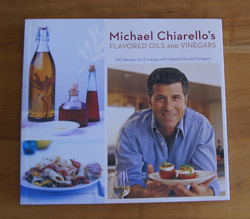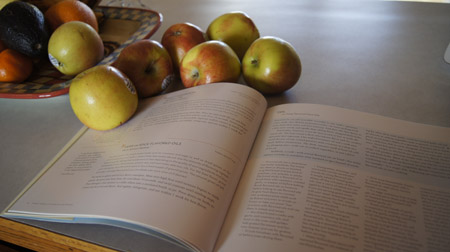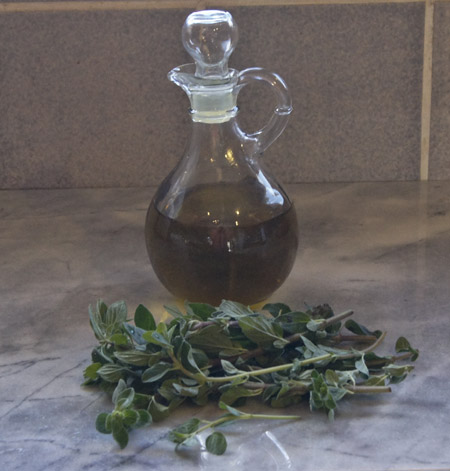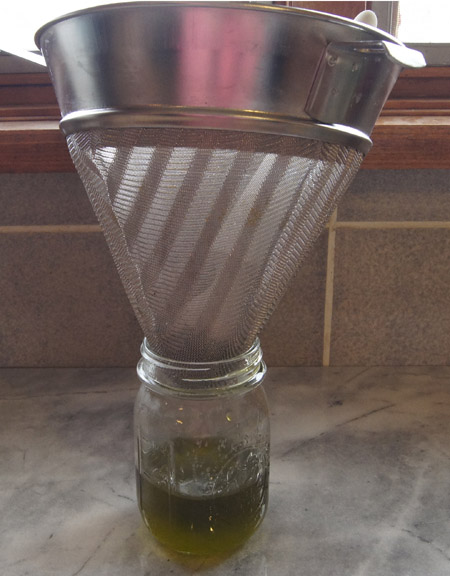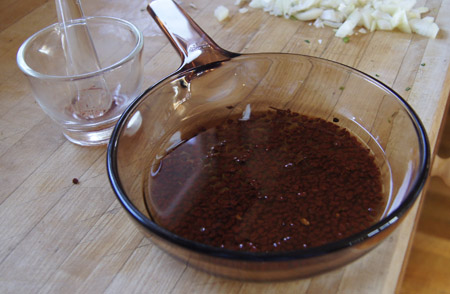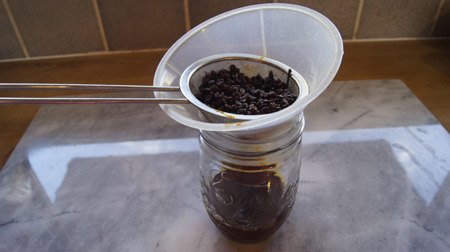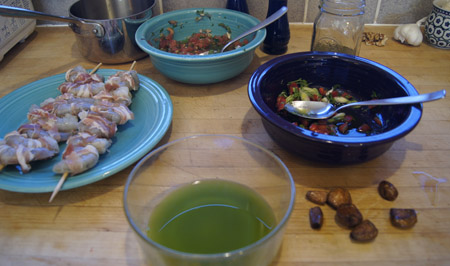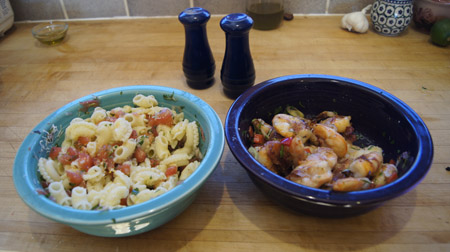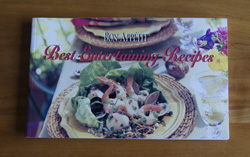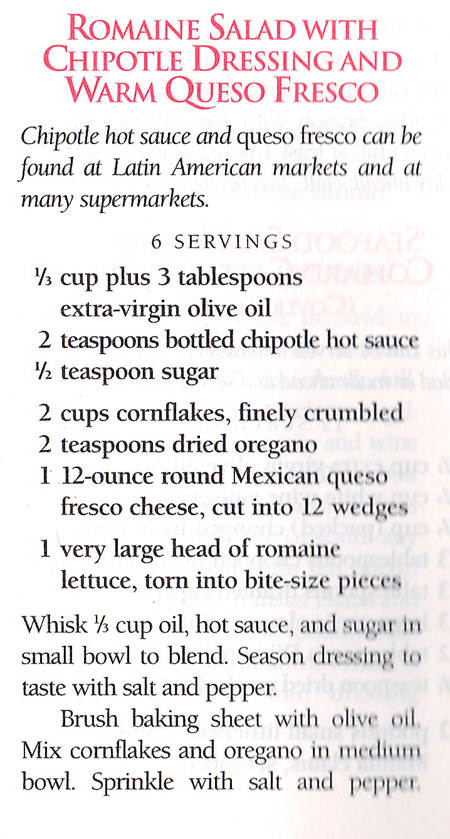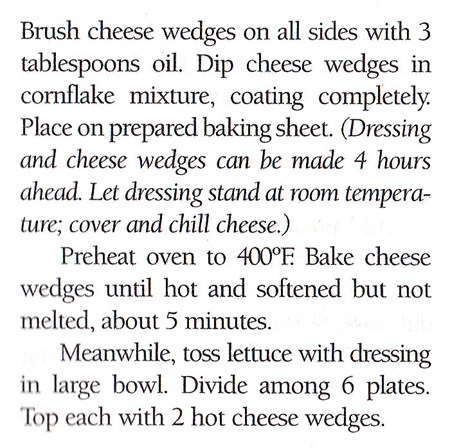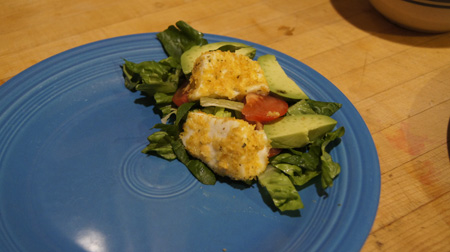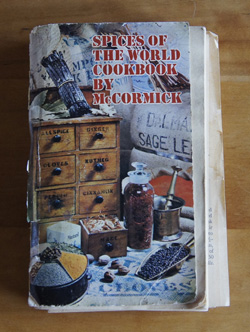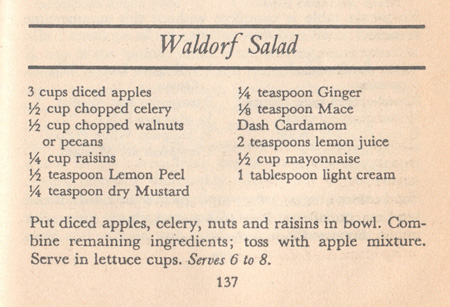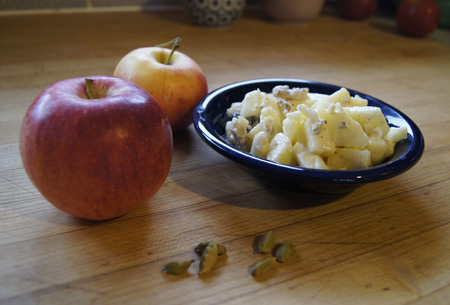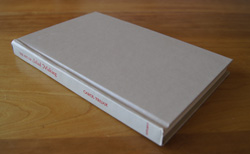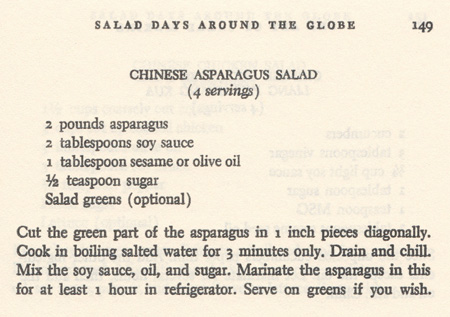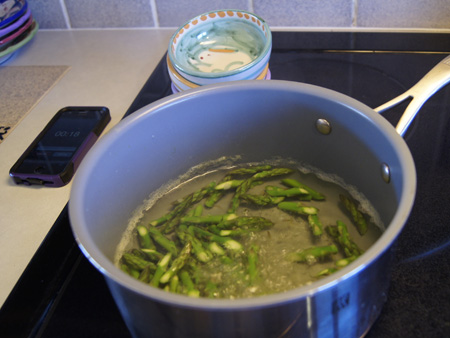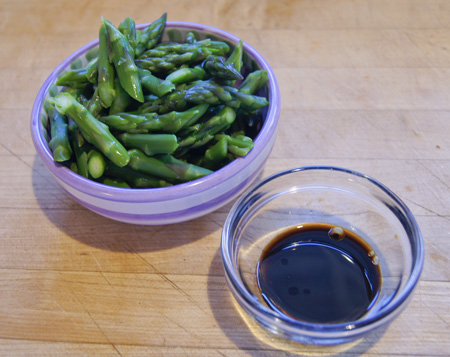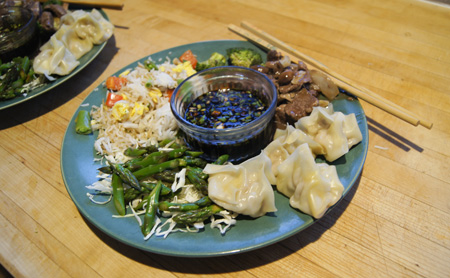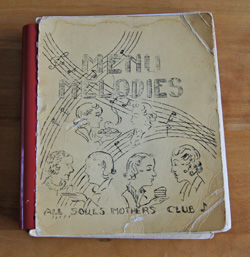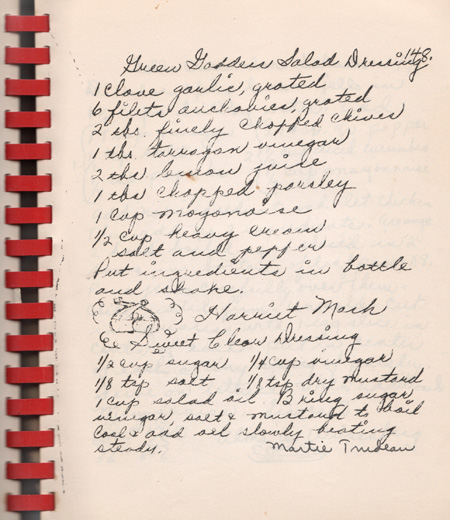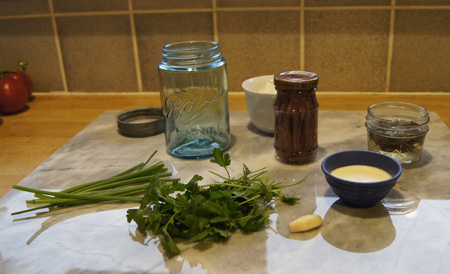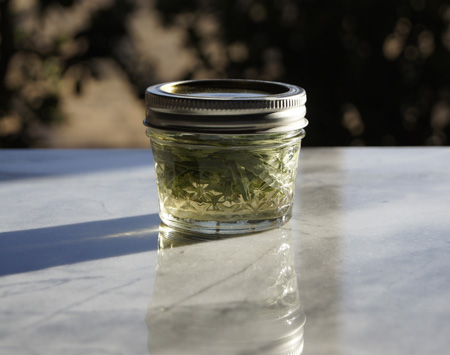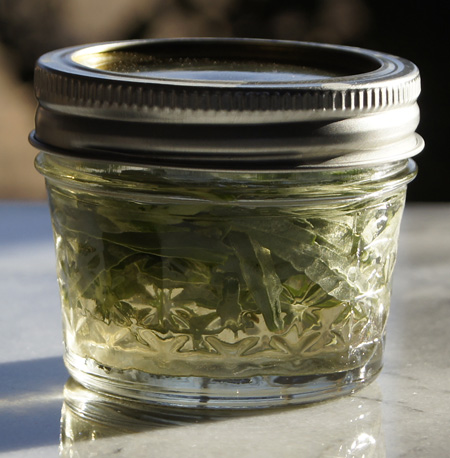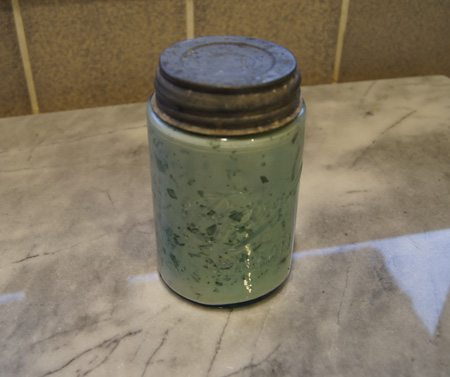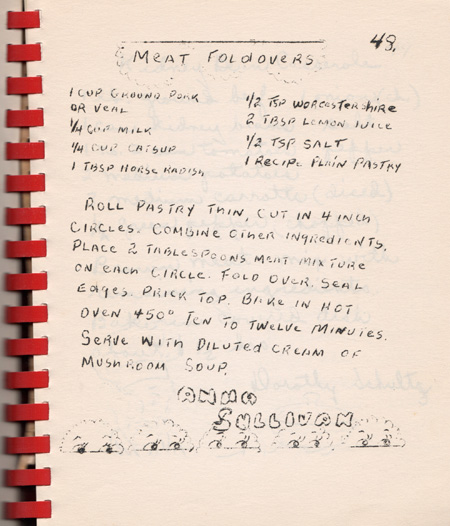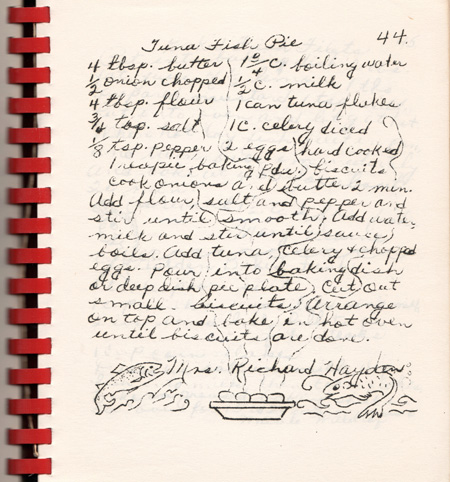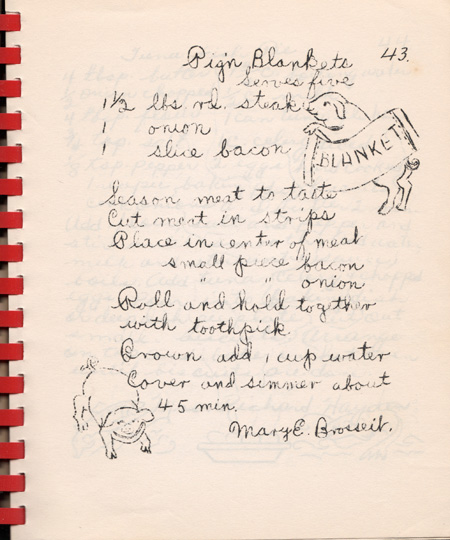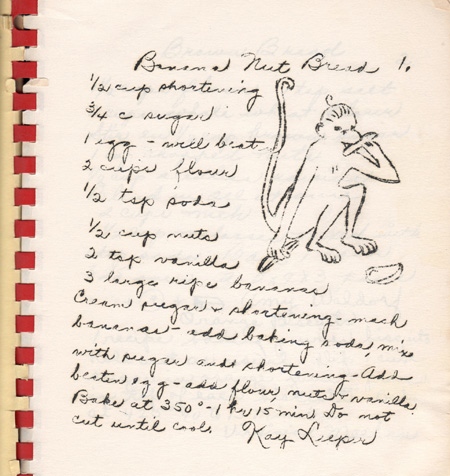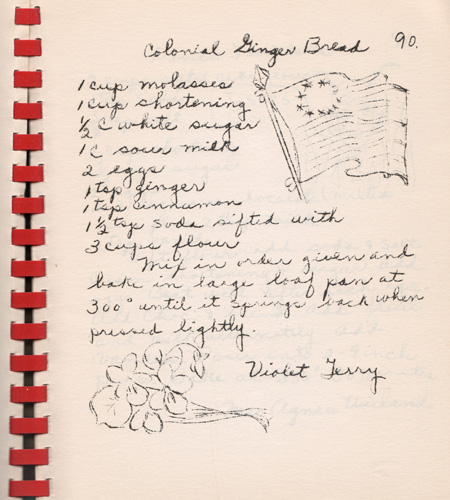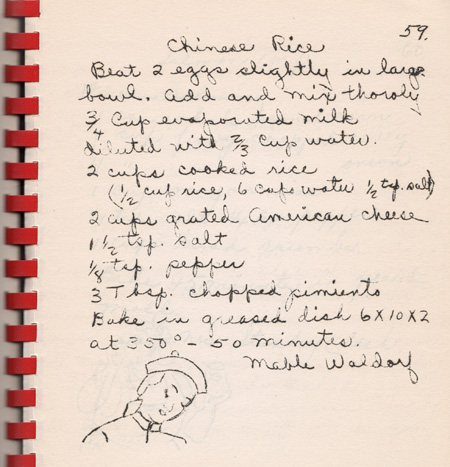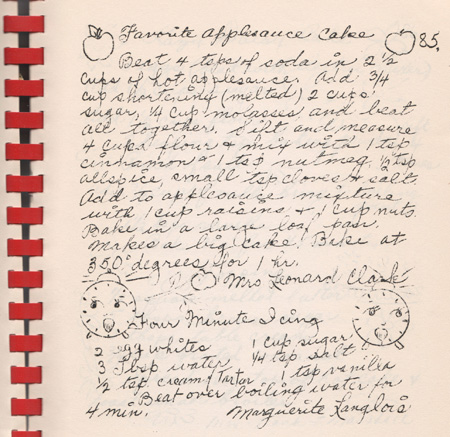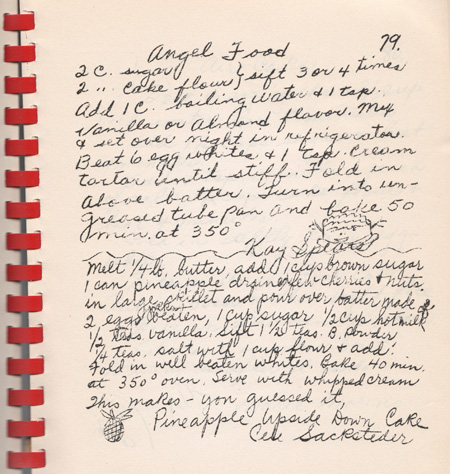Cookbook #78: Recipes for Healthy Living, Miriam B. Loo, Current, Inc., Colorado Springs, Colorado, 1980.
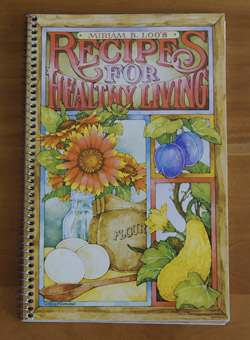 Pretty cover on this cookbook! I probably picked it up at a local book or gift store, since it was published in Colorado. I don’t think I have ever tried any of the recipes!
Pretty cover on this cookbook! I probably picked it up at a local book or gift store, since it was published in Colorado. I don’t think I have ever tried any of the recipes!
The book begins with several hints for healthy eating. Miriam Loo recommends using fructose instead of regular table sugar because it has fewer calories and tastes sweeter. Miriam likes tamari sauce instead of regular soy sauce because it has a stronger flavor. She also recommends triticale flour. This is a high protein, low gluten flour that was popular in the 80s. It is still available today from companies like Bob’s Red Mill, but I haven’t seen it called for in a bread/baking recipe in ages. And I read a lot of bread recipes!
Another of Miriam’s hints for healthy eating is safflower oil. According to Recipes for Healthy Eating, safflower oil “is the most polyunsaturated of the vegetable oils. Next in diminishing value are soybean, sunflower, corn, cottonseed, and sesame seed. The more polyunsaturated the oil, the better the cholesterol-lowering properties.” Safflower oil is still available, but it is no longer the darling of healthy eating enthusiasts, perhaps because canola oil has entered the food scene. Canola oil has less saturated fat than safflower oil, although canola (rapeseed) oil has had its own bad press. This Wikipedia article has a nice table of the saturated/polyunsaturated content of cooking oils.
I turn the pages of Recipes for Healthy Eating. Recipes for “Whole Breakfast Drink” and “Yogurt-Fruit Shake” resemble today’s smoothies. “Almond Crunch Cereal” is essentially granola. Recipes for “Crispy Oat Thins” and “Graham Crackers” look interesting, but even I am not ready to put in that amount of work just for crackers. Today’s supermarkets carry a good variety of whole grain, additive-free crackers.
Miriam’s hints for healthy eating continue throughout the book. She also has hints for saving money. “In mid-winter when milk prices soar, pull the zucchini milk from the freezer and laugh at the high prices as you substitute this milk in your baking.” Zucchini Milk! You take zucchini (from your garden, if you have one), pare them, then blend them and store in the freezer to use instead of milk in recipes. Talk about pinching pennies!
“Mock” cream cheese and sour cream dressings call for low-fat cottage cheese, buttermilk, and/or skim milk. A nice idea, but low-fat cream cheese and dressings are now available in the markets.
The recipes for lean-meat main dishes do not spark any enthusiasm on my part. In the vegetable section, mushrooms are touted as “calorie bargains in vegetables” because they only contain 64 calories per pound as opposed to one calorie apiece for sugar peas. Talk about pinching calories!
The quick breads and pie crust recipes are whole grain and low-fat. Nothing sparks my interest. “Zucchini-Lemon Pie”? Hmm.
I probably picked up this cookbook because I used to be obsessive about counting calories, and in the 80s, many low-fat and whole grain prepared foods (salad dressings, crackers, cereals) were not readily available in local markets. I am not that obsessive any more, I just get lots of exercise and keep (what I consider) healthy foods in the house.
I will recycle this cookbook, but I need to cook a recipe for this blog. On this particular day, I plan to make beer can grilled chicken and I need a side dish to go with it. So I choose to try “Hot Broccoli-New Potato Salad”.
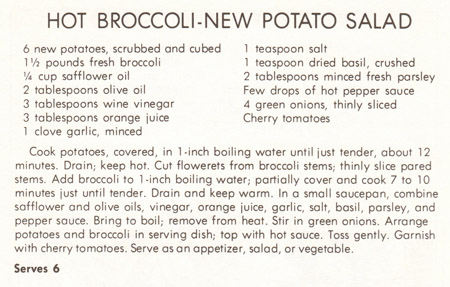 I don’t have new potatoes and it’s not worth the gas money to drive the 12 mile round trip to the nearest store, so I will use russets (and peel them). I don’t have safflower oil, so I’ll use canola. Dried basil? I have fresh basil in my newly-established garden! I didn’t keep the broccoli and potatoes really hot before serving, they were more like room temperature and it tasted fine that way. The following is my version of this recipe.
I don’t have new potatoes and it’s not worth the gas money to drive the 12 mile round trip to the nearest store, so I will use russets (and peel them). I don’t have safflower oil, so I’ll use canola. Dried basil? I have fresh basil in my newly-established garden! I didn’t keep the broccoli and potatoes really hot before serving, they were more like room temperature and it tasted fine that way. The following is my version of this recipe.
Broccoli and Potato Salad
serves about 6
- 3-6 potatoes, any variety, I used about 1 1/2 pounds
- broccoli, about 1 pound
- 1/4 cup vegetable oil
- 2 tablespoons olive oil
- 3 tablespoons wine vinegar
- 3 tablespoons orange juice
- 1 clove garlic, minced
- salt to taste
- 1 teaspoon dried basil, or fresh basil to taste
- 2 tablespoons fresh parsley, chopped
- hot pepper sauce, a few drops
- 1/4 cup chopped green onions
Scrub the potatoes, and peel them if you like. Cut them into bite-sized chunks and cook until just tender.
Cut the broccoli into bite-sized pieces and cook until just tender. You can boil or steam the broccoli – your preference. I just got a microwave steamer so I used that.
Combine the oils, vinegar, orange juice, garlic, salt, basil, parsley, and pepper sauce in a saucepan and heat until just boiling.
Combine the potatoes, broccoli, green onions, and the heated sauce and toss. Serve!
Here are my ingredients for the sauce.
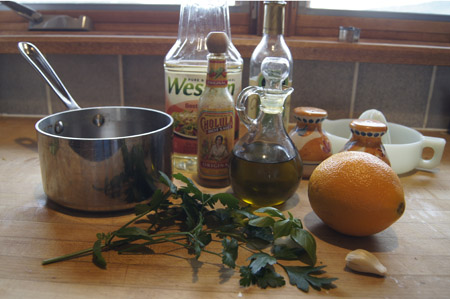 And here is the completed salad. At least part of it – I tossed in some steamed asparagus after I took this photo!
And here is the completed salad. At least part of it – I tossed in some steamed asparagus after I took this photo!
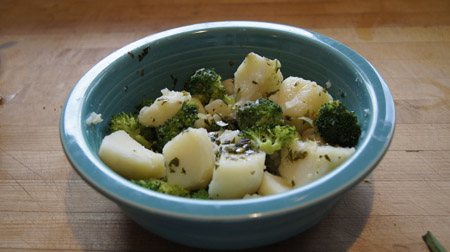 This was good, and I am likely to make it again. We all liked the flavor of the dressing/sauce. I’m not sure it’s really important to heat the sauce, next time I might mix it like a vinaigrette. And feel free to add any vegetables besides just the broccoli!
This was good, and I am likely to make it again. We all liked the flavor of the dressing/sauce. I’m not sure it’s really important to heat the sauce, next time I might mix it like a vinaigrette. And feel free to add any vegetables besides just the broccoli!

